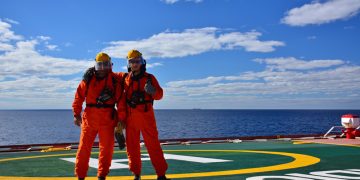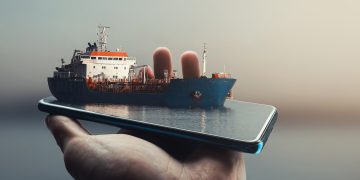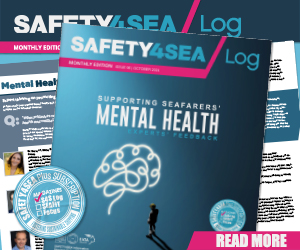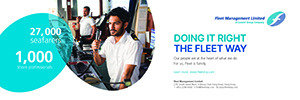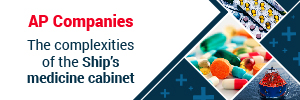Funding agreed for GloMEEP energy efficiency project
IMO, the Global Environment Facility (GEF) and the United Nations Development Programme (UNDP) have signed an agreement to allocate US$2.0 million to a two-year global maritime energy efficiency partnership project, which aims to support increased uptake and implementation of energy-efficiency measures for shipping. The so-called GloMEEP project, formally designated “Transforming the Global Maritime Transport Industry towards a Low Carbon Future through Improved Energy Efficiency”, will focus in particular on building capacity to implement technical and operational measures in developing countries, where shipping is increasingly concentrated. The aim is to promote a low-carbon maritime sector, in order to minimize the adverse impacts of shipping emissions on climate change, ocean acidification and local air quality. A particularly interesting aspect of the project is its expected role in catalysing an innovative public-private sector partnership within the project framework, through a new Global Industry Alliance (GIA) for maritime energy efficiency. Participation is anticipated from leading private sector companies, including classification societies, ship builders, ship owners, ship operators, marine equipment suppliers, port operators, and marine consultancy and management system providers. IMO will execute this GEF-funded GloMEEP project in partnership with UNDP. Ten IMO Member States have signed up to the GloMEEP project as ...
Read more











